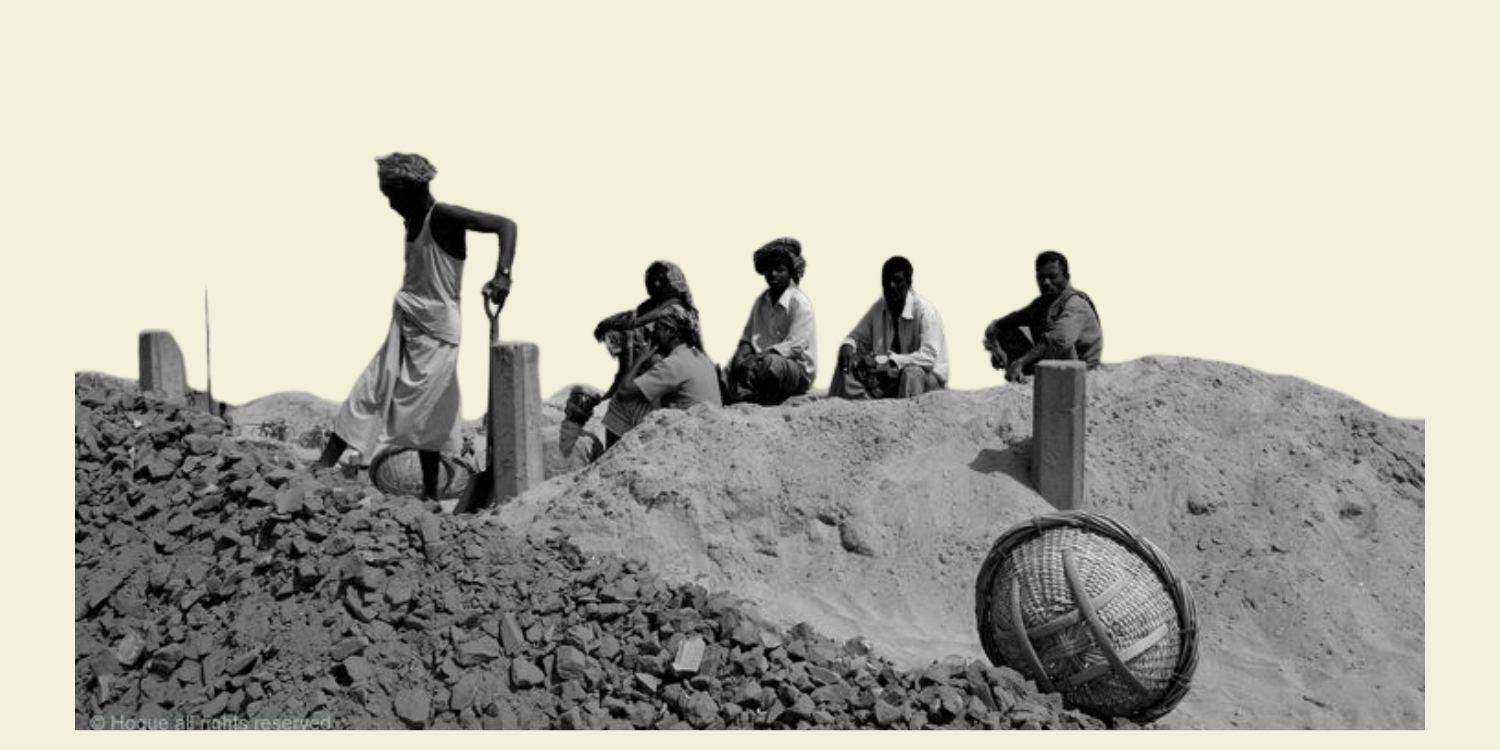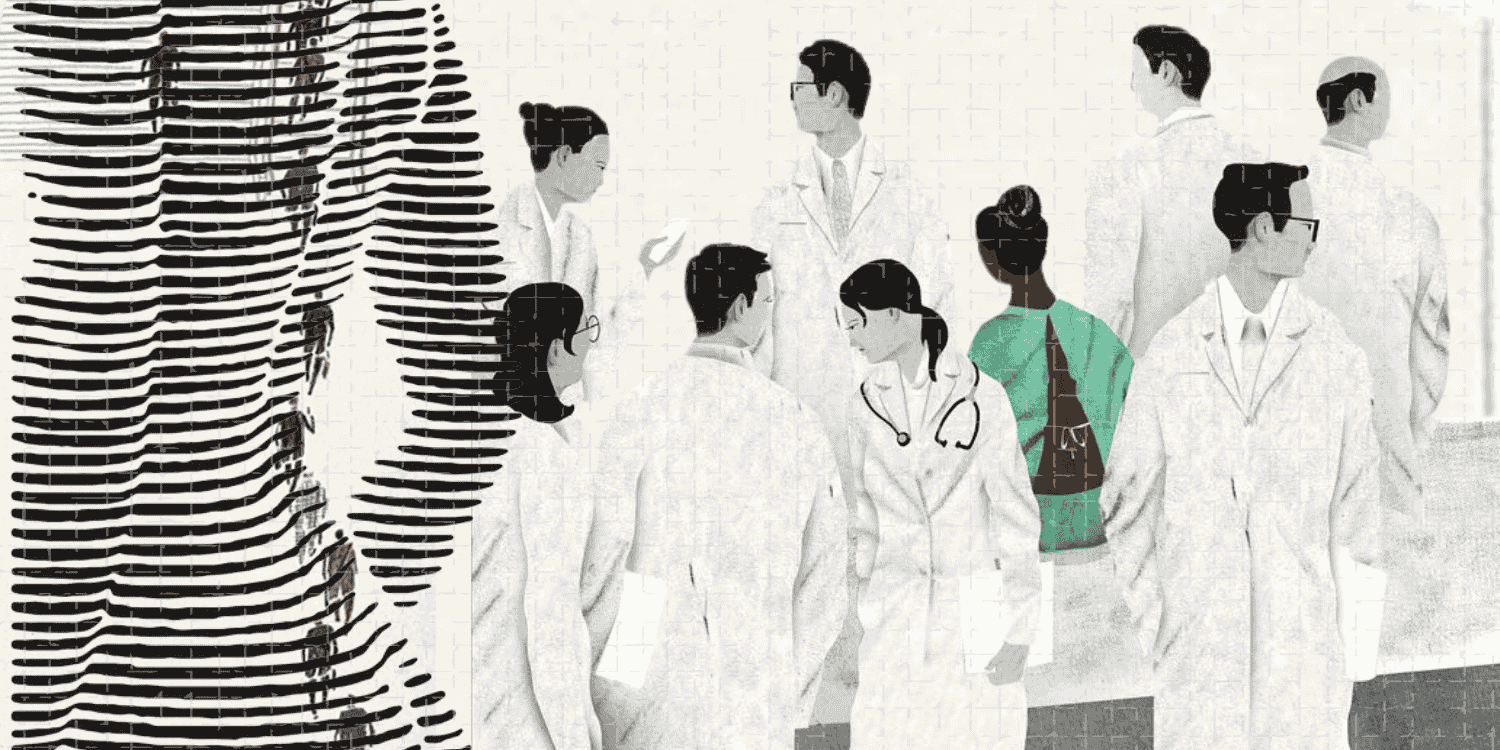ABSTRACT
Scheduled Tribes are one of the most disadvantaged, marginalised groups in India. Traditionally dwelling in forests, land is the basis of not just their livelihood, but also their collective cultural identity. However, alienation of tribal populations from lands they have occupied for generations has become a common
practice across the country. The development rhetoric is often used to justify acquisition of tribal forest lands. In this context, the paper aims to explore whether the development paradigm reconciles with the state’s responsibility of social justice and inclusive growth.
INTRODUCTION
The concept of development has undergone significant evolution in the recent past to move towards a ‘rights-based approach’. Reduction of poverty, which was previously seen as the end goal of all developmental programs, is now talked about in continuum with the need to protect the rights of those
who are socially and politically vulnerable. Such an approach to development is often institutionalised by enacting laws that seek to correct historical injustices imposed on the poor. Over 100 million tribal people live in India, which is the largest indigenous population in any country in the world (Census 2011). They occupy 22% of India’s geographical terrain, spread across 26 states and 6 union territories (Thekaekara 2019; ibid.). Traditionally dwelling in forests, more than 90% of all tribal people across India live in rural areas and practise subsistence agriculture to support themselves (Hall et al. 2014). Tribal communities happen to be among the poorest and most disadvantaged groups in the country, with five out of every ten people belonging to a Scheduled Tribe falling in the lowest wealth bracket (Yadavar 2018; National Family Health Survey 2015-2016).
Interestingly, as can be observed from Figure 1, the states that have a preponderance of tribal populations also host major mineral reserves, often lying beneath India’s richest forests and watersheds. As a consequence, mineral extraction is almost always not just environmentally disruptive but also results
in large-scale development-induced displacement of the tribal population. It is this overlap that complicates matters by excluding total ban on mining in tribal areas, or even a temporary moratorium, as possible interventions to protect the rights of the local population. The government, then, has tried to
establish a legal framework to delicately balance its two disharmonious objectives.





